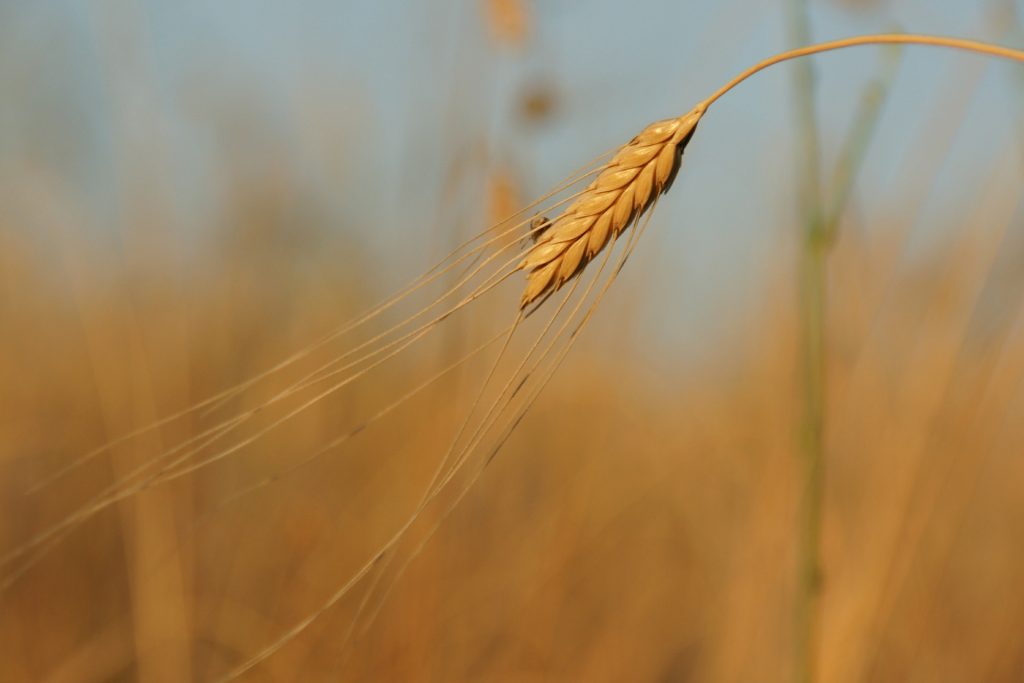Farro is an ancient variety of wheat. It has been grown in Italy for centuries and is a healthy whole grain, commonly eaten as part of a Mediterranean-style diet. Yet, farro makes a delicious and healthy addition to any diet.

Why Farro?
- Farro has a hearty, nutty taste that is great in many dishes.
- It is an excellent source of fiber. One serving contains 28% of the daily recommended intake of fiber.
- Farro is a good source of protein (7 grams per serving) and iron (10% of recommended intake per serving).
Varieties
Farro refers to three different varieties of ancient wheat: emmer, ein-korn, and spelt. Emmer is the most common variety grown in Italy, although in the U.S. it is also common to see spelt.
How Do I Use Farro?
- Farro is a great alternative to rice, quinoa, barley, or other grains.
- Serve farro in a variety of dishes such as soups, salads, stews, or casseroles.
- Try it in sweet dishes such as muffins and cakes, or as a hot breakfast cereal.
- Use to make farrotto, which is a creamy grain dish similar to a rice risotto.
- Prepare it in the oven, on the stovetop, or in the slow cooker.
- Soak overnight in the refrigerator to speed up the cooking time dramatically.
Liven up your meals with this delicious and healthy ancient grain!
Did You Know?
Farro is available pearled, semi-pearled, or whole.
Pearled: The bran has been removed, so it is not a whole grain, and does not have as many nutrients.
Semi-pearled: The bran has been scratched, so it cooks more easily. Only a small amount of the bran is removed, so it still contains most of the fiber, B-vitamins, and other nutrients.
Whole: The hard outer bran is intact. This form takes longer to cook and needs to be soaked before cooking


